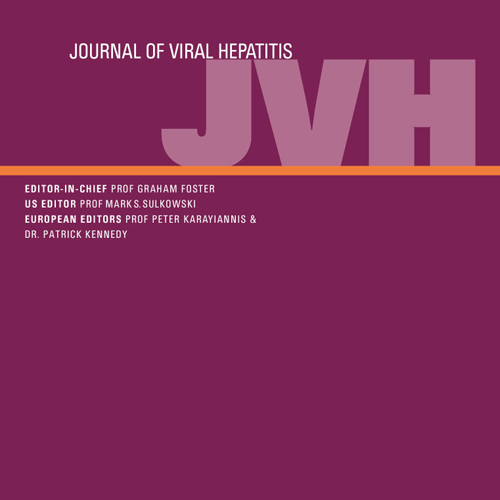Summary
The hepatitis C virus (HCV) epidemic was forecasted through 2030 for 15 countries in Europe, the Middle East and Asia, and the relative impact of two scenarios was considered: [1] increased treatment efficacy while holding the annual number of treated patients constant and [2] increased treatment efficacy and an increased annual number of treated patients. Increasing levels of diagnosis and treatment, in combination with improved treatment efficacy, were critical for achieving substantial reductions in disease burden. A 90% reduction in total HCV infections within 15 years is feasible in most countries studied, but it required a coordinated effort to introduce harm reduction programmes to reduce new infections, screening to identify those already infected and treatment with high cure rate therapies. This suggests that increased capacity for screening and treatment will be critical in many countries. Birth cohort screening is a helpful tool for maximizing resources. Among European countries, the majority of patients were born between 1940 and 1985. A wider range of birth cohorts was seen in the Middle East and Asia (between 1925 and 1995).
Countries: Estonia, Hungary, Iceland, Indonesia, Iran, Japan, Latvia, Lebanon, Lithuania, Pakistan, Romania, Saudi Arabia, Slovenia, South Korea, United Arab Emirates

